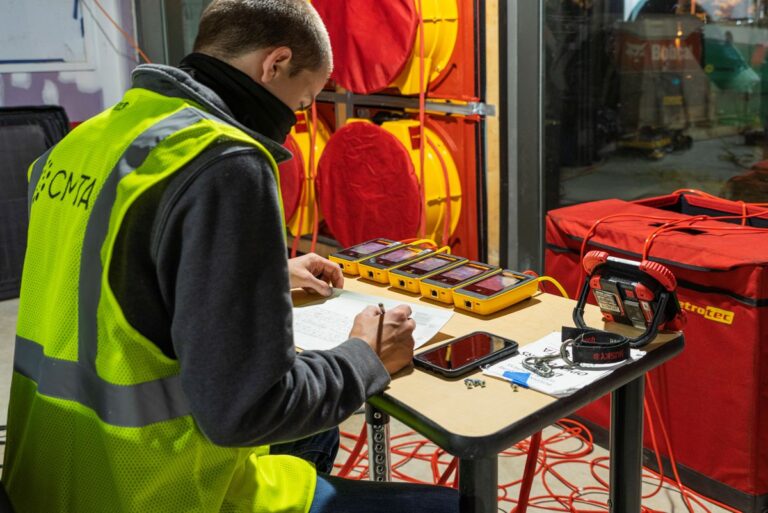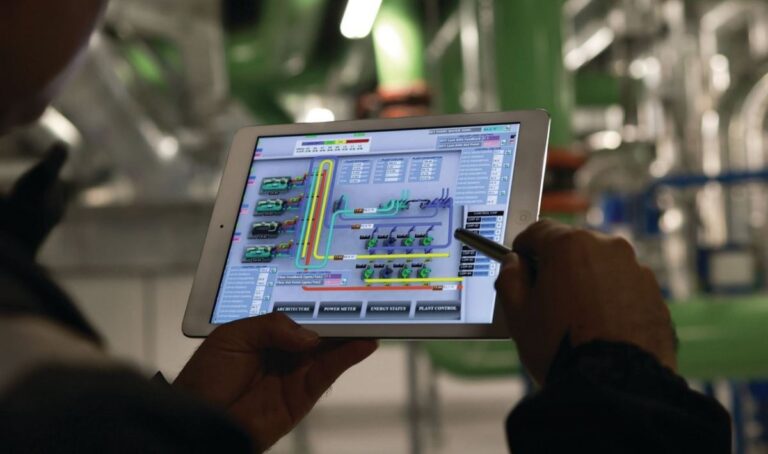Originally published on HVAC/P.
Written by Charles Jackson III
When I stepped onto my first commissioning site in 2007, we carried binders thicker than building permits. Back then, documentation lived in Word and Excel files. We walked around with binders that held all the documentation and final reports and systems manuals read like multi-volume novels requiring at least six copies for delivery to the client. The scope was modest, primarily focusing on HVAC (heating, ventilation, and air conditioning) with minimal electrical requirements. LED lighting was gaining traction in the industry. Commissioning requirements were limited primarily to government and early Leadership in Energy and Environmental Design projects.
The commissioning process, as defined by ASHRAE and referenced in the ACG Building Systems Commissioning Guideline, is a quality-focused process for enhancing the delivery of a project. The process, vital for every project, focuses on verifying and documenting that all of the commissioned systems and assemblies are planned, designed, installed, tested, operated and maintained to meet the owner’s project requirements
.
Trend #1: Scope expansion
Fast forward to 2025 and commissioning has become a central component of construction quality assurance. Whether driven by LEED, local code requirements, or owner preference, Cx is now recognized as essential to the successful delivery of projects. Owners can directly correlate cost savings and improved occupant comfort to some of the transient benefits of commissioning. As such, its scope has expanded far beyond HVAC and electrical to include building enclosures and low-voltage systems such as fire alarms, security and telecommunications. As energy efficiency and decarbonization take center stage, commissioning plays a critical role in ensuring design performance is met and maintained after construction.
Commissioning is no longer limited to new construction. Retro-commissioning, which optimizes existing facilities, continues to grow. In Maryland, where I live, local utilities incentivize building owners to perform retro-commissioning to meet Maryland’s evolving Building Energy Performance Standards. This shift demonstrates how commissioning supports sustainability and long-term operational success across the building lifecycle.
Trend #2: Technology innovations
Documentation has gone fully digital. Teams now rely on cloud-based commissioning platforms that provide real-time access to reports, test results and issue logs, replacing the paper-heavy process of the past.
Over the past 20 years, technology has also revolutionized the built environment. Innovations can be seen in net-zero buildings with geothermal systems, building modeling, energy tracking, liquid-cooled racks in data centers and control systems integration while providing monitoring of every aspect of the building. Building automation systems and electrical power monitoring systems can track thousands of data points, which allows for much more accurate performance monitoring than simply reviewing utility bills.

Trend #3: Monitoring-based commissioning, predictive analytics & AI
Monitoring-based commissioning leverages capabilities to establish performance baselines, track key performance indicators and help facility staff finetune operations. Predictive analytics and fault detection, powered by data logic and artificial intelligence, enable maintenance teams to identify root causes and replace equipment before failures occur. Automated commissioning is the next frontier. Advanced software can now generate and execute tests automatically, verifying readiness before functional testing and confirming issue resolution afterward. At the same time, artificial intelligence is beginning to reshape the industry. Some commissioning software already uses AI to build checklists and draft functional tests. The next logical step would be to summarize complex data sets and recommend solutions by cross-referencing operations and maintenance manuals. Soon, commissioning deliverables such as test results, issue logs and system manuals could flow directly into facility management platforms, creating a seamless handoff from construction to operations.
Through all these changes, the mission of commissioning professionals remains the same — to ensure every building performs as intended. The difference lies in the tools we now have — AI, automation and analytics — that enable continuous quality assurance throughout the entire lifecycle, from construction to operations. Utilizing these tools, anomalies can be identified more quickly for larger and more complex building systems. From carrying heavy binders to harnessing predictive algorithms, the commissioning industry has undergone significant evolution. The next leap forward will depend on how effectively emerging technologies are integrated to create smarter, greener and more resilient buildings.
